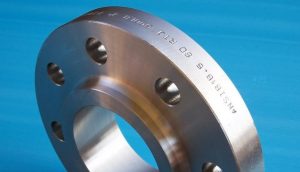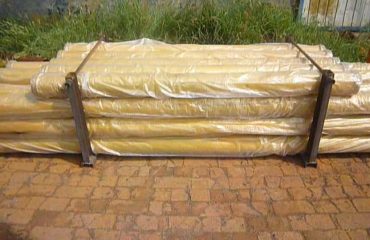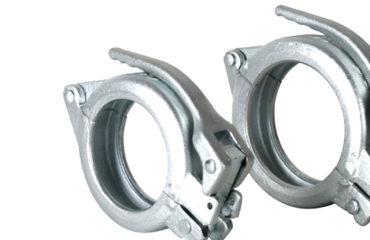- HOMEPAGE
- ABOUT US
- PRODUCTS
- Alloy steel pipe
- Steel Pipe Flange
- Steel Pipe Reducer
- Steel Pipe Elbow
- Grooved Pipe Fitting
- Concrete pump and Parts
- Concrete Pump Pipe
- Concrete Pump Elbow
- Concrete Pump Clamp
- Concrete Pump Bend
- Concrete Pump Flange
- Concrete Placing Boom
- Concrete Pump Parts
- Concrete Pump Piston
- Concrete Pump Rubber Hose
- Concrete pump wear plate and wear ring
- Concrete Pump Cylinder
- Concrete Pump Gasket
- PUTZMEISTER
- SCHWING
- Ground Screw Piles
- CLIENT & EXHIBITION
- TECHNICAL KNOWLEDGE
- CONTACT US

manufacture of STEEL PIPE & fittings
T :+86
Email: [email protected]
STEEL PIPE AND FITTINGS COMPANY
HEBEI PROVINCE , CHINA





You must be logged in to post a comment.